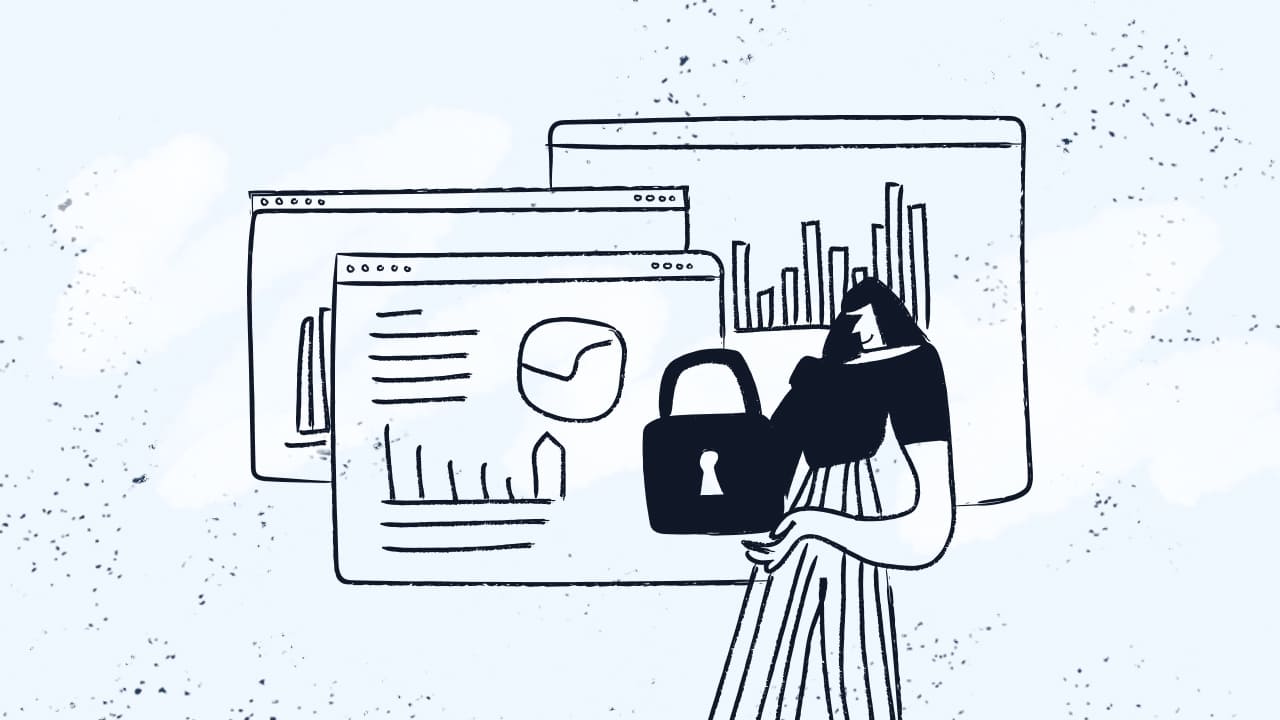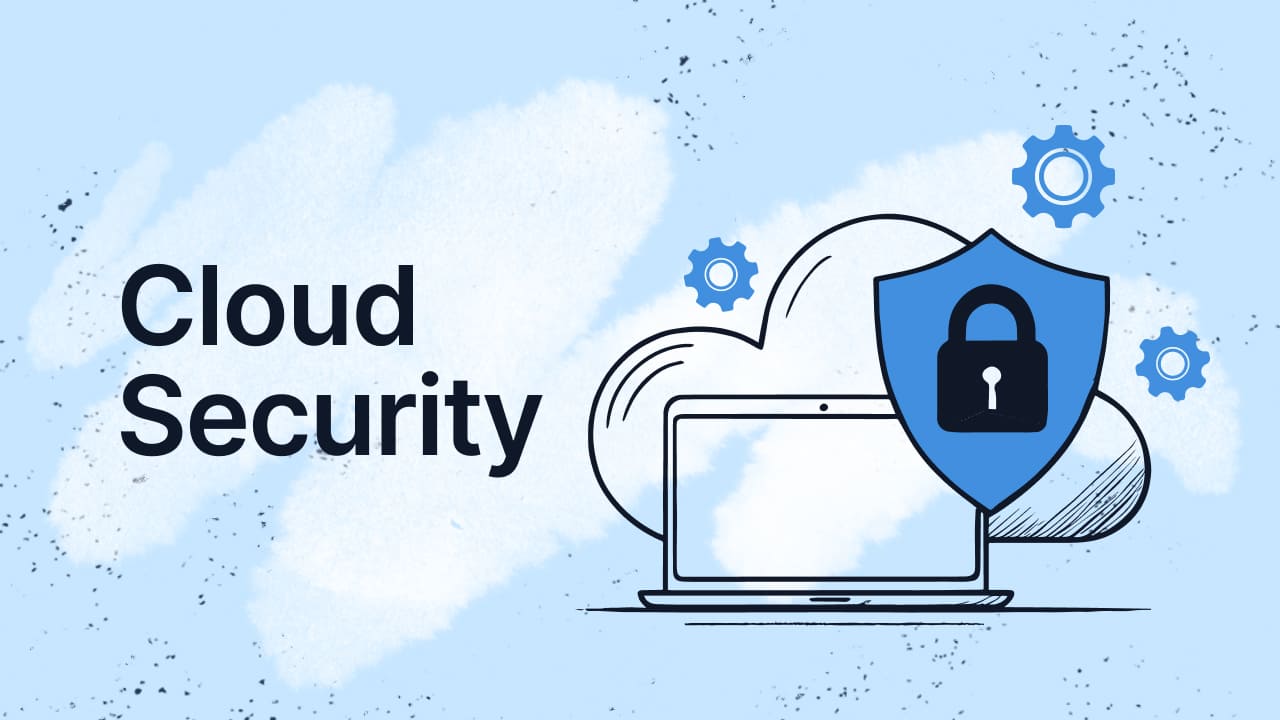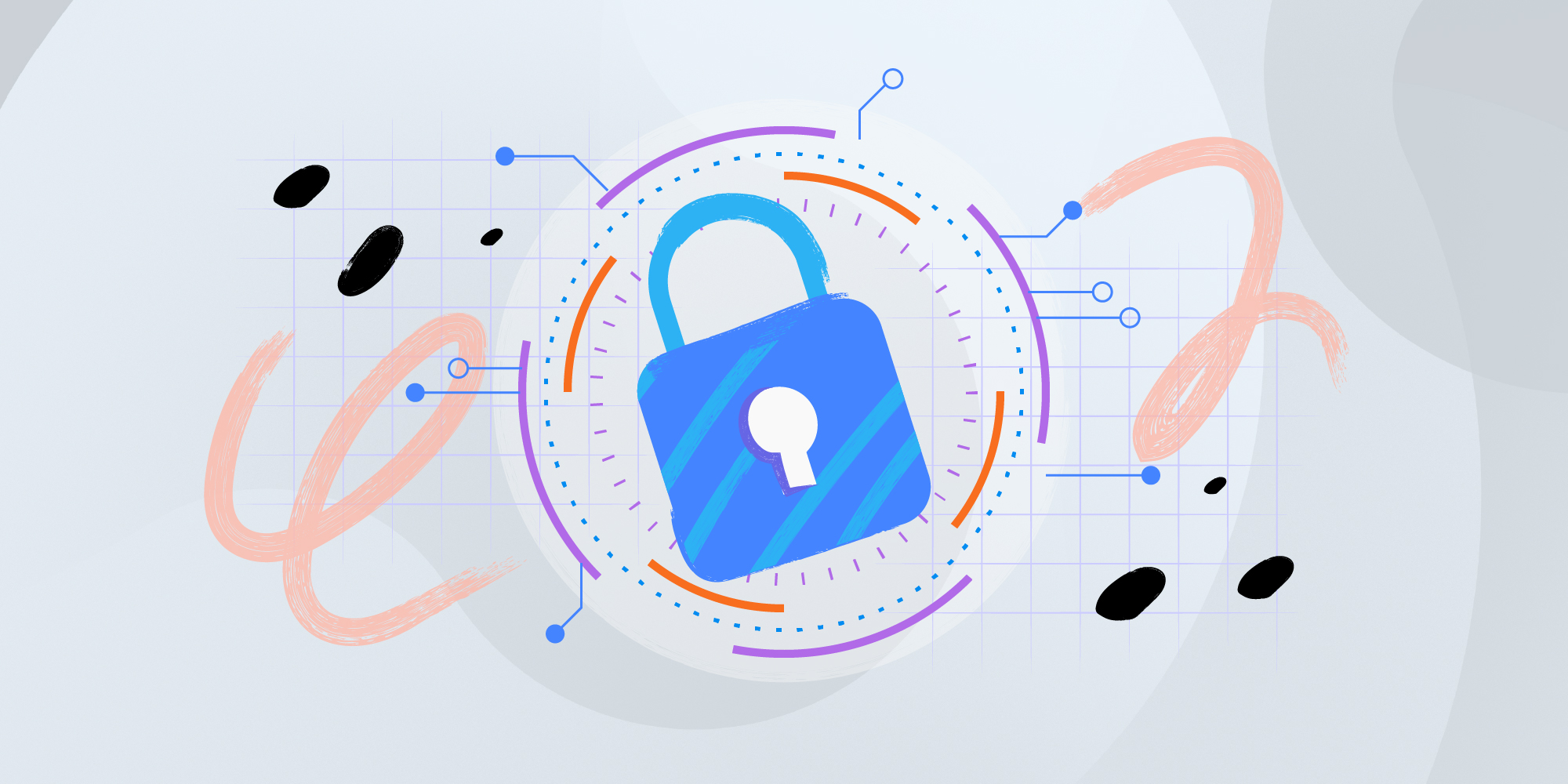Technology drives business operations, and infrastructure security is there to safeguard the foundational systems that power your business. It also helps ensure smooth operations and protects sensitive data from cyber threats.
But what exactly does infrastructure security involve? And how can businesses put in place measures that are both effective and scalable?
This article breaks down key aspects of infrastructure security, offering a step-by-step guide to securing the critical components of your organization’s IT environment.
What is infrastructure security?
At its core, infrastructure security refers to the processes and technologies used to protect the underlying frameworks that support business operations. These frameworks include physical and virtual components such as data centers, servers, networks, and cloud systems.
The goal of infrastructure security is to prevent unauthorized access, damage, or disruption to these essential resources. As businesses rely more on complex IT environments, infrastructure security has become a crucial part of cybersecurity strategies.
Why is it important?
As we already mentioned, infrastructure security is vital because it safeguards the very systems that keep businesses running. A successful attack on your infrastructure could lead to downtime, data breaches, or even loss of business continuity. In some cases, the cost of recovering from such incidents can be significant, both in terms of finances and reputation. Meanwhile, worldwide cybercrime costs are estimated to hit $10.5 trillion annually by 2025.
For example, imagine a cyberattack compromises your company’s servers. This could not only stop operations but also expose sensitive data to unauthorized entities, leading to compliance violations or legal ramifications. Protecting your infrastructure is a key step in preventing such outcomes.
The levels of infrastructure security
To effectively secure your infrastructure, it’s helpful to consider the different levels of your environment. Each level addresses a specific aspect of your systems, providing a structured approach to protecting your assets.
1. Network security level
This is often the first layer to protect against external threats. The network security level involves securing communication channels and ensuring that data traveling across your systems is safe from interception or tampering.
What this level includes:
- Installing and configuring firewalls to filter malicious traffic.
- Implementing intrusion detection systems (IDS) to spot abnormal activity.
- Encrypting sensitive data in transit to prevent unauthorized access.

2. Physical security level
Physical access to servers, data centers, and networking equipment poses a risk if left unprotected. This level deals with measures that prevent unauthorized physical access to critical infrastructure components.
What this level includes:
- Restricting access to data centers through biometric authentication.
- Ensuring that hardware like servers and storage devices are stored in secure environments.
- Monitoring sensitive areas using surveillance systems.
3. Application security level
This level focuses on securing the applications that your business relies on. Applications are frequent targets for attacks, so vulnerabilities within them must be addressed.
What this level includes:
- Regularly update and patch software to fix known security flaws.
- Conducting penetration testing to identify weaknesses before attackers can exploit them.
- Implementing secure coding practices to minimize vulnerabilities in development.
4. Data security level
Data security protects the information your organization processes, stores, and transfers. This level is critical, especially for sensitive or confidential data.
What this level includes:
- Encrypting data both at rest and in transit.
- Implementing strict access control measures to limit who can view or modify critical information.
- Using secure backup methods and storing backups in offsite locations to prevent data loss.

Key infrastructure security frameworks
These frameworks provide structured approaches to enhance infrastructure security across various domains, helping organizations identify vulnerabilities, implement effective controls, and ensure compliance with regulatory requirements.
- NIST Cybersecurity Framework (CSF): Developed by the National Institute of Standards and Technology, this framework helps organizations manage cybersecurity risks through five core functions: Identify, Protect, Detect, Respond, and Recover. The latest version, CSF 2.0, was released in 2024 and emphasizes adaptability to various organizational needs and compliance with international standards.
- ISO/IEC 27001: This is an international standard that provides a systematic approach to managing sensitive company information, ensuring data security through risk management processes. It is widely recognized and applicable across various industries .
- CIS Controls: The Center for Internet Security offers a set of 18 critical security controls designed to help organizations improve their cybersecurity posture. These controls focus on practical measures that can be implemented to reduce risks .
- MITRE ATT&CK Framework: A knowledge base of adversary tactics and techniques based on real-world observations, this framework assists organizations in understanding potential threats and improving their defensive strategies .
- NERC CIP (North American Electric Reliability Corporation Critical Infrastructure Protection): This framework consists of standards aimed at protecting the bulk power system in North America from cyber threats, focusing on critical infrastructure sectors .
- SOC 2 (Service Organization Control 2): Developed by the AICPA, SOC 2 is a compliance framework that ensures service providers securely manage data to protect the privacy of their clients. It includes extensive auditing processes and is particularly relevant for organizations handling sensitive information.

Common threats to infrastructure security
Understanding the common threats to infrastructure security is crucial for building effective defenses. Here are some of the main dangers that organizations face:
- Distributed denial of service (DDoS) attacks: These attacks flood your network with traffic, causing systems to become overwhelmed and unavailable.
- Insider threats: Employees or contractors with access to sensitive systems can intentionally or accidentally cause harm.
- Ransomware: Malicious software encrypts your data, rendering it unusable until a ransom is paid.
- Phishing: Targeted attacks on employees to gain access to login credentials or sensitive data through deceptive emails or messages. Addressing email authentication is one of the most effective ways to mitigate this risk, and this is where DMARC solutions for business play a vital role by helping organizations verify sender identities and reduce spoofed messages.
Each threat requires a specific defense mechanism, such as training employees, using strong endpoint protection, and deploying firewalls capable of filtering out malicious traffic. We'll explore tools and best practices in the following sections.

Tools & solutions for infrastructure security
Organizations can use several tools and solutions to enhance infrastructure security. These tools range from those that monitor network traffic to those that provide encryption and data protection.
Some of the most widely used solutions include:
- Security Information and Event Management (SIEM): SIEM systems provide real-time monitoring and analysis of security alerts generated by networks and applications.
- Endpoint detection and response (EDR): EDR tools help detect and respond to threats at the device level.
- Firewalls and intrusion detection systems (IDS): These tools monitor and filter network traffic to block potential attacks.
- Encryption software: Solutions that encrypt sensitive data, both at rest and in transit, providing another layer of protection.
Implementing a combination of these tools ensures a robust defense against a variety of threats.
Infrastructure security and the cloud
As more businesses shift to cloud-based solutions, securing cloud infrastructure has become increasingly important. While cloud providers offer a range of built-in security features, businesses are still responsible for securing their data and configurations.
Here’s what organizations should consider when securing cloud environments:
- Data encryption: Ensure that data stored in the cloud is encrypted and that only authorized users have access.
- Access control: Implement mandatory access control (MAC) policies to govern who can access cloud resources.
- Regular audits: Conduct regular security audits to identify any misconfigurations or vulnerabilities in your cloud setup.
Cloud security requires a shared responsibility model—while the cloud provider secures the infrastructure, organizations must secure their applications and data within that infrastructure.

Building a strong infrastructure security strategy
Having a clear plan in place is crucial for protecting your infrastructure. A solid infrastructure security strategy involves identifying potential risks, applying preventative measures, and continuously improving defenses as new threats arise. Here are the steps to take:
1. Assess current vulnerabilities
Before implementing any security measures, it's important to understand where your infrastructure may be vulnerable. Conduct regular vulnerability assessments to identify weak points across your network, applications, and hardware. This can be done through a combination of automated tools and manual audits by security professionals.

2. Implement proactive monitoring
A proactive approach to monitoring is essential for catching potential threats early. Tools such as security information and event management (SIEM) systems can help by analyzing network traffic and flagging unusual patterns or suspicious behavior. Pairing SIEM with a threat intelligence platform enhances monitoring capabilities by providing real-time context around emerging attack methods and known malicious actors.
Regularly review logs and other data to ensure that any anomalies are addressed promptly, and ensure that your IT team is trained to respond to threats efficiently.
3. Patch management
One of the most common ways cybercriminals gain access to systems is through outdated software. Patch management ensures that your systems are up to date with the latest security fixes. Develop a process for regularly reviewing and applying patches across your infrastructure.

4. Incident response planning
Even with strong defenses, no system is 100% immune to attacks. An incident response plan provides a structured way to deal with breaches and minimize damage. This should include clear protocols for identifying, containing, and recovering from security incidents.
5. Employee training
Last but not least, we have employee training. Many security breaches stem from human error. Educating your employees on security best practices can significantly reduce the likelihood of attacks. Focus on areas such as phishing prevention, password hygiene, and the importance of reporting suspicious activity.

Best practices for maintaining infrastructure security
Once your infrastructure security strategy is in place, it’s important to refine your approach continuously. Cyber threats are constantly evolving, and your defenses need to adapt accordingly. Here are a few best practices to keep in mind:
- Regularly update security protocols: Review and revise security policies on a regular basis to account for new threats and technologies.
- Perform penetration testing: Penetration tests simulate real-world attacks to find weaknesses before they can be exploited.
- Use multi-factor authentication (MFA): Adding extra layers of authentication can help prevent unauthorized access, even if passwords are compromised.
- Collaborate with third-party security experts: External audits and reviews can provide an additional level of insight and help identify vulnerabilities you may have missed.

Future trends in infrastructure security
As businesses increasingly rely on cloud computing, Internet of Things (IoT) devices, and remote workforces, infrastructure security must evolve. Key trends to watch include:
- Cloud-native security: As more businesses migrate to the cloud, securing cloud infrastructure will become more critical. Solutions such as cloud workload protection platforms (CWPP) are emerging to address these concerns.
- Zero-trust architecture: Zero-trust models are gaining traction, requiring that all users and devices, both inside and outside the network, be authenticated before accessing resources.
- AI and machine learning in security: These technologies are being used to identify patterns in cyber threats and automate responses, helping businesses stay ahead of evolving risks.
Conclusion
According to Forbes, global cybercrime damage costs will grow by 15% per year over the next two years, reaching $10.5 trillion USD annually by 2025.
Infrastructure security is essential for safeguarding the systems that drive your organization. By adopting cybersecurity practices, businesses can reduce risks and protect their most valuable assets.
It's important to take proactive measures today to help ensure a secure















